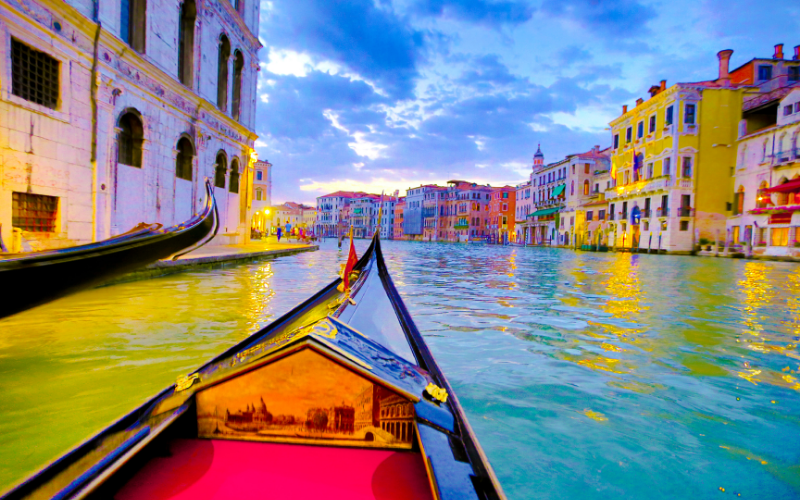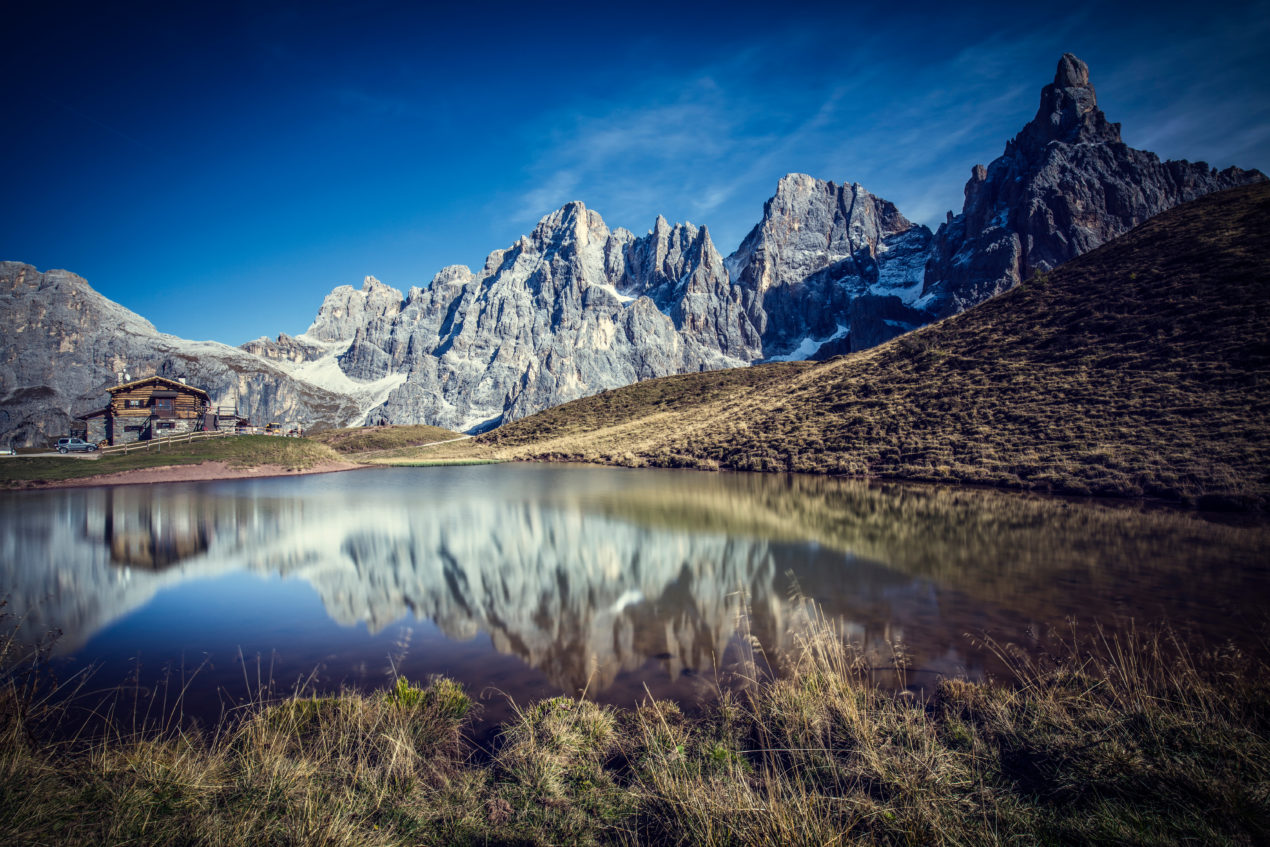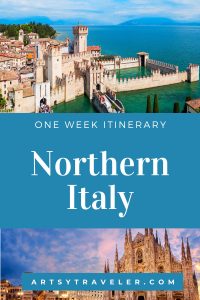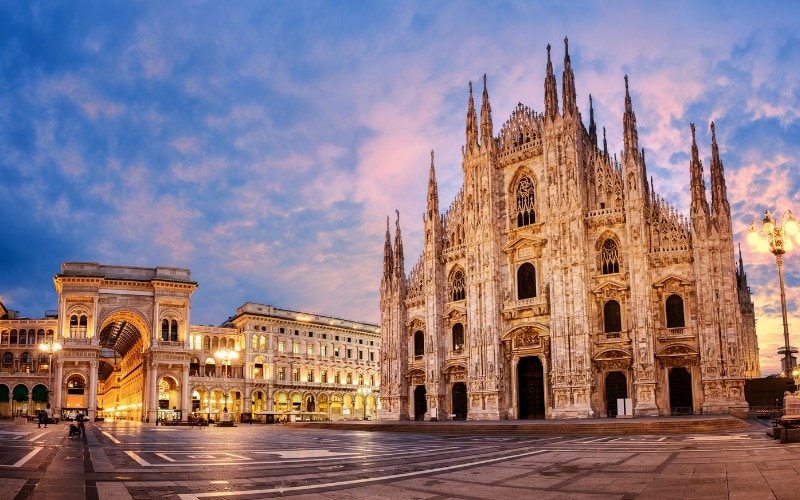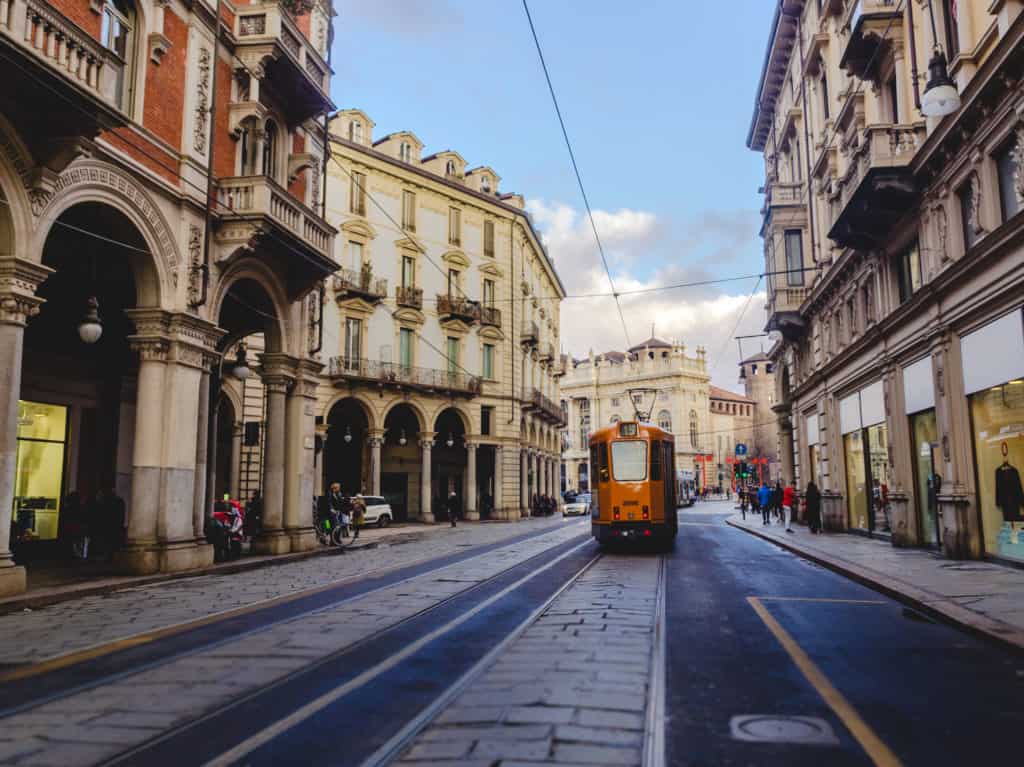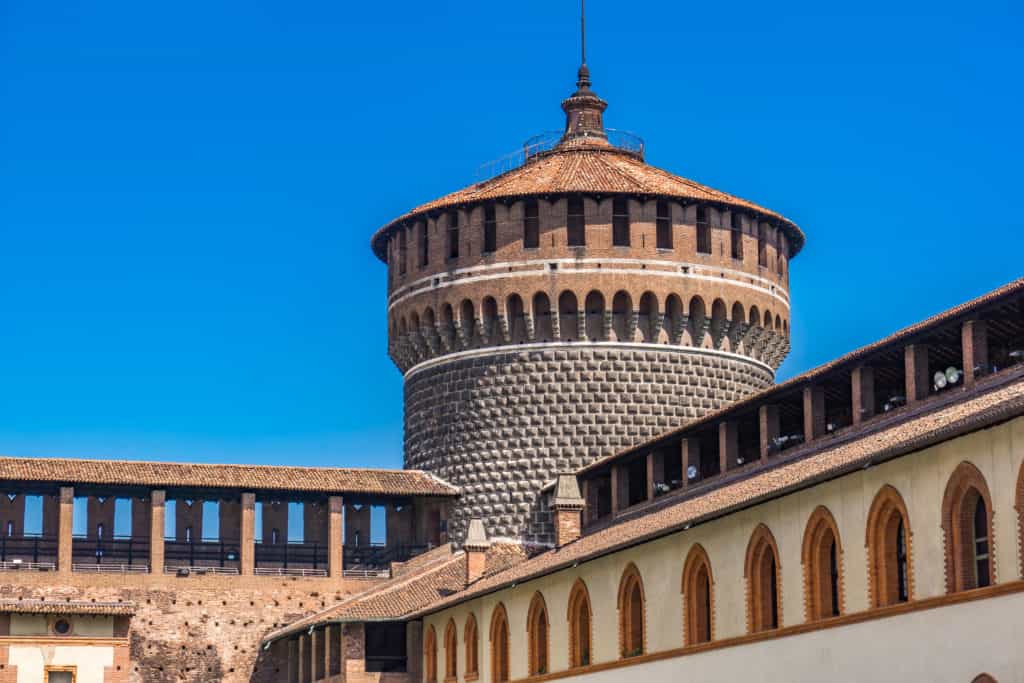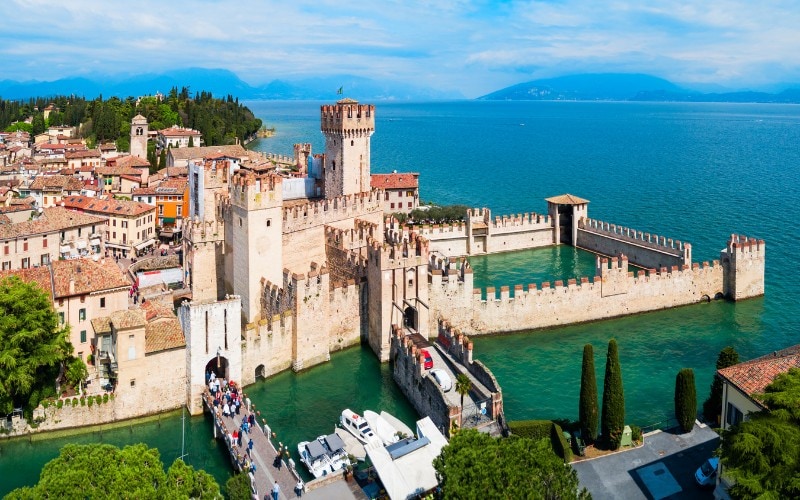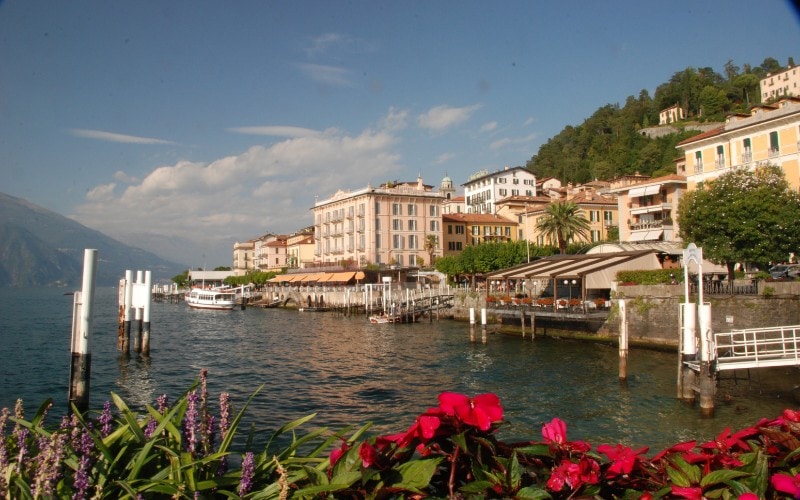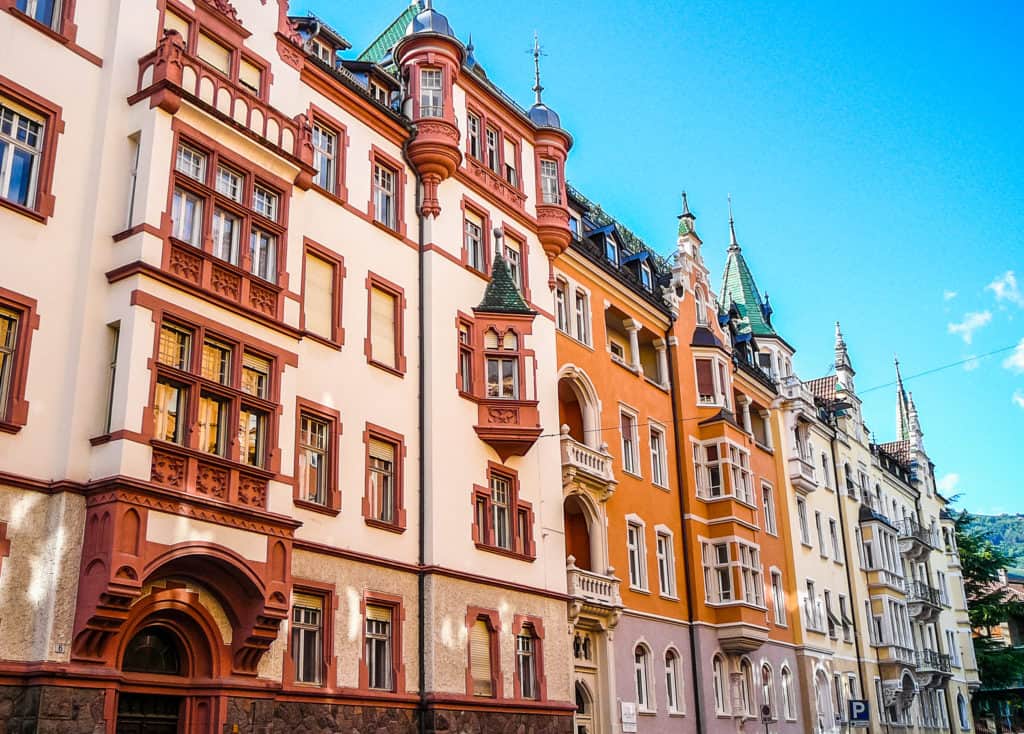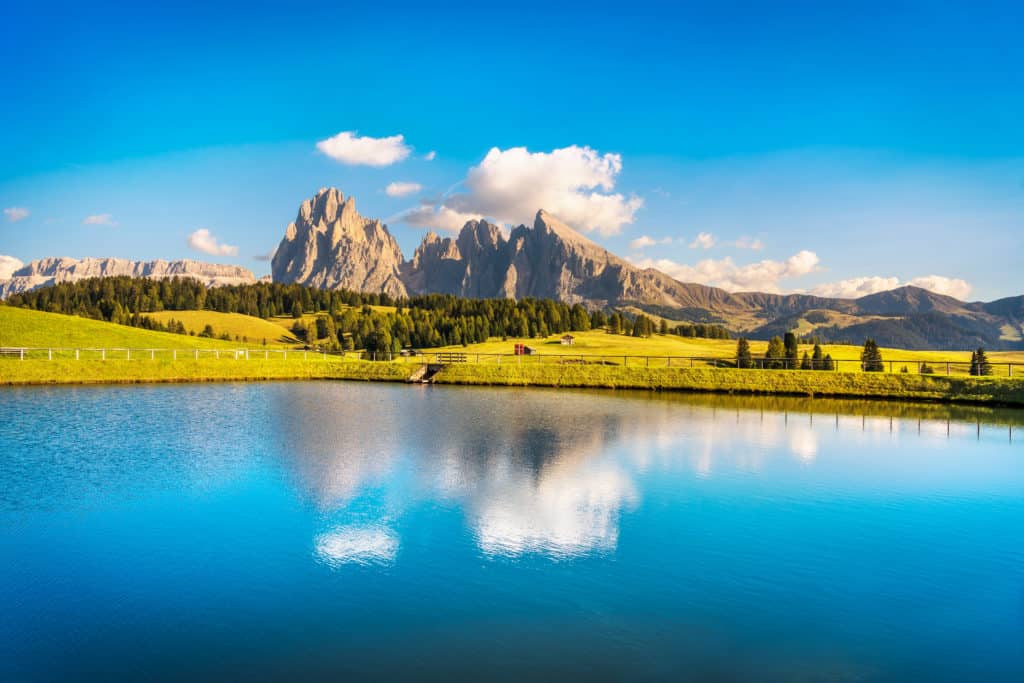Favorite Regions in Italy for the Artsy Traveler
My favorite regions in Italy range from Milan and the Dolomites in the north to Naples in the south. Unless you have several months to spare, you can’t really “do” all of Italy in one trip.
You’ll spend far too much time traveling and far too little time enjoying. Pick one or two regions and spent a week or two in each.
As Rick Steves says, “travel like you plan to return.”
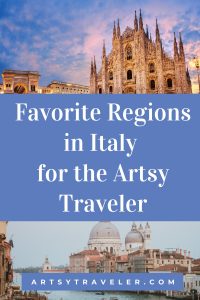
Map of Favorite Regions in Italy
The map below shows approximate locations of the main regions in Italy that I recommend you explore. I’ve visited all of them except for Sicily (coming soon!).

I’m going to start in the north and move south because we often drive to Italy, so that’s the direction we enter the country from.
Here are the five regions of Italy I suggest you explore:
- Northern Italy: Turin, Lake Como, Milan, Dolomites
- Venice and Ravenna
- Tuscany and Umbria
- Rome
- Compania: Naples, Pompeii, Amalfi Coast
In this post, I give a brief overview of these areas and provide links to more in-depth posts.
Northern Italy
You could spend at least a week traveling through the regions of northern Italy.

From east to west, I recommend Turin, Lake Como, Milan, and the Dolomites. Spend at least a week in the north (not counting Venice which deserves at least three days on its own). You won’t run out of things to do!
Highlights of Northern Italy
Here are some of my favorite artsy highlights (a by no means an exhaustive list) in northern Italy:
- Turin: The Egyptian Museum – Museo Egizio is first-rate. It houses one of the oldest collections of Ancient Egyptian artifacts in the world. Even if you’re only moderately interested in ancient Egypt, put it on your list.
- Milan: The Duomo, Da Vinci’s Last Supper, and La Scala just for starters. There’s lots to see in Milan and it has a very different vibe (calmer in my opinion) than Rome.
- Italian Lake District: Spend several days exploring small towns such as Sirmione on Lake Garda, the various lakes; gorgeous views, great food, lots of history.
- The Dolomites: Drive as far up as you can and then take a chairlift or gondola even higher. The alpine culture is very different from the rest of Italy.
- Bolzano: The South Tyrol Museum of Archaeology
For more details about these and other artsy sightseeing in northern Italy, check out Recommended Places to Travel in Northern Italy.
Venice
Don’t stint on the time you allocate to visiting Venice. The city is worth at least three days (preferably longer). You could choose to spend a week in the area–three or four nights in Venice, a night in the Veneto to visit Vicenza and Padua, and then head south to spend two nights in glorious Ravenna (more on Ravenna in a minute).

You don’t need a car in Venice and you can reach the other towns in the area by train.
Highlights of Venice
- Peggy Guggenheim Museum – one of my very favorite small modern art museums in Europe (read more in 12 Modern Art Museums in Europe.
- Piazza San Marco late at night when the crowds have thinned
- Accademia Gallery – great selection of Renaissance and Baroque artists in a lovely, old building
- Island of Murano to watch glass-blowing and buy glass souvenirs
- Duomo and Doge’s Palace: must-see attractions, but go early or late and get reservations to avoid crowds
- Enjoying a Vivaldi concert and getting lost in the dark on the way back to your hotel
For more details about these and other sightseeing options and to plan your trip to Venice, read Venice in Three Days for the Artsy Traveler.
Ravenna
Ravenna is a delightful small city south of Venice, most famous for the mosaics in the eight Christian monuments on the UNESCO World Heritage list.
While many of these sites, particularly the most famous mosaics in the Church of San Vitale, attract the tour busses, the rest of Ravenna is wonderfully non-touristy. Relax in the main square and watch the world go by. Ravenna has a subtle charm that made me want to write a novel set there just so I could go and stay for a good long while.
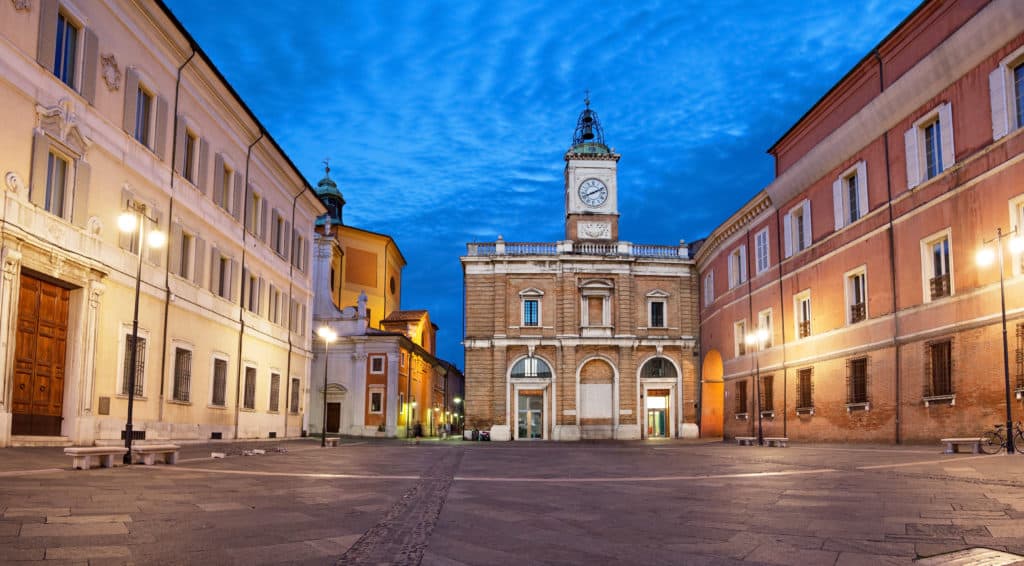
While we were in Ravenna, we watched a bride and groom emerge from a church and get into a red Ferrari, stopped into an art opening and drank white wine with the two Italian artists who were exhibiting their paintings, and enjoyed one of the best meals we’ve ever had in Italy at Ristorante Alexander. Check out the website and make a reservation! The food was to die for and the prices very reasonable.
TIP: When dining in Italy, make use of review apps and websites to find good restaurants. Every time we’ve taken the time to search out well-rated restaurants and to make reservations, we’ve been amply rewarded by fabulous meals.
Highlights of Ravenna: Touring the UNESCO World Heritage Sites
The mosaics in the early Christian monuments are the big draw in Ravenna, as noted earlier.
TIP: Buy your combination ticket for the six UNESCO sites in central Ravenna at any of these locations: the Basilica San Vitale, Mausoleum of Galla Placidia, Basilica of Sant’Apollinare Nuovo, Neonian Baptistery, and the Archbishop’s Chapel.
The sixth site–the Arian Baptistery–is free and worth a visit to view the well-preserved domed mosaic, dating from the early 6th century AD, that shows Christ being baptized by John the Baptist.
At just €9.50 for entrance to all these sites, the Ravenna Mosaics combo ticket has to be one of Europe’s best artsy bargains. In addition to the six sites in central Ravenna, don’t miss the remaining two UNESCO sites. The mausoleum of Theodoric is a short walk from the town center, and the Church of Sant’Apollinare in Classe is an 8-kilometer drive towards the Adriatic coast.
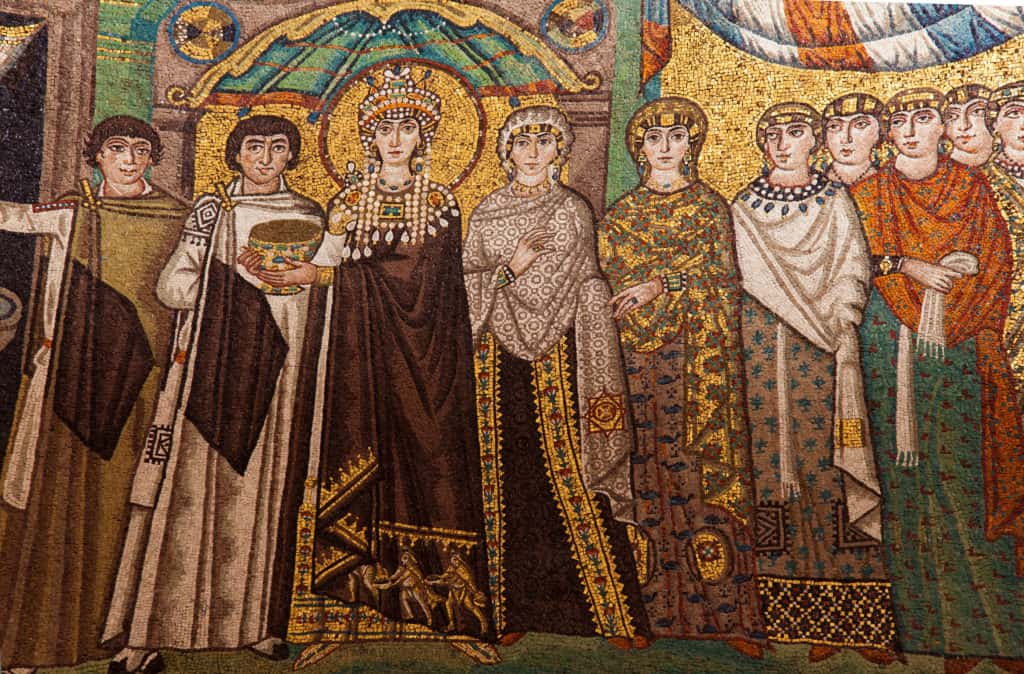
Staying in Ravenna
We were driving when we visited Ravenna, and so, as usual, we stayed in a hotel on the outskirts. We then took taxis into the city and from there walked to seven of the eight UNESCO sites in the center of Ravenna. On our last morning in Ravenna, we drove to the Basilica of Sant’Apollinare in Classe.
For my hotel recommendations in Ravenna, read Where to Stay in Italy: My Best Picks.
Tuscany and Umbria
Toscana! The very name evokes warmth and good living and beauty while at the same time associated with a deliciously turbulent history.
All those towers and walls and fortifications in towns such as San Gimignano and Siena and Lucca were not built back in the Middle Ages because life was easy. The architecture of Tuscan hill towns screams strife.

At the same time, the museums and churches of Tuscany burst at the seams with art–much of it created between 1300 and 1600, from the Middle Ages to the Renaissance.
We’ve been visiting Tuscany for years and plan to return. We’ve only recently “discovered” Umbria and were taken with its less touristy, more authentic atmosphere. While I love Tuscany, it can get overrun with visitors, particularly in Florence.
TIP: I recommend allocating at least a week to exploring Tuscany and another week for Umbria. Spend a few days in Florence to see the highlights and then if you have a car, find a house or an agriturismo property to rent for several days or a week in or near one of the medieval towns in Tuscany. Take day trips to other towns, bearing in mind that driving in Tuscany can be slow going on the twisty, narrow roads.
In a typical week, reserve a few days for just staying put and enjoying bella Toscana.
If you don’t have a car, you can still stay in the country, but choose a place that provides some assistance with transportation. You can join local tours such as wine tours (highly recommended!). Some properties offer cooking classes and painting classes.
After your week in Tuscany, spend a week in Umbria. The areas around Perugia or Assisi are good choices.
You won’t run out of things to see. I guarantee it!
For plenty of recommendations and suggestions, read Exploring Tuscany, Umbria and La Dolce Vita and Exploring San Gimignano in Tuscany. Also check out Art Masterpieces in Tuscany Who Don’t Want to Miss.
Rome
The Eternal City takes hold of your psyche with the weight of its 2,000-plus-year history and the central role it has played in the development of western culture.
Rome will not be denied.

I’ve visited Rome several times since my first trip there with my parents in 1974. During our most recent trip, Gregg and I spent ten days enjoying the city during Gregg’s exhibition of his paintings at a gallery near the Vatican. We lived like locals in an apartment in the same area and set aside time every day to explore new areas of Rome.
Read my Rome recommendations and a suggested itinerary for a three-day visit in The Best of Rome in Three Days.
Here are additional suggestions for what to see in Rome, including tours.
Naples and the Compania
Naples is kind of crazy–or at least it was when I visited a few years ago. We keep meaning to get down there again to see how or if it’s changed. I rather hoped it hasn’t.
I have a vivid memory of being driven in a taxi through downtown Naples and noticing how the driver barely slowed down at stop signs caked with dirt. Apparently, obeying them was optional. The driver pulled up in front of the National Archeological Museum in Naples, reputed to be one of the best museums in Italy for Roman antiquities. He then turned around and announced chiuso. Closed.
Oh. Those were the days before the Internet took the guesswork out of travel planning. Our only day in Naples was also the only day of the week when the museum was always closed.
That mistake wouldn’t happen nowadays which is a good thing although sometimes I miss the serendipity of the “olden” days when plans could so easily be derailed.

Read my recommendations and a suggested itinerary for a Week in the Campania.
Conclusion
I have a lot of posts on Italy for you to explore. Here again are some of the ones I’ve already mentioned along with a few more.
